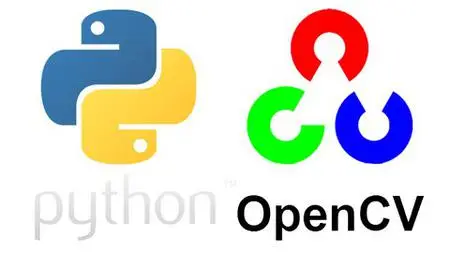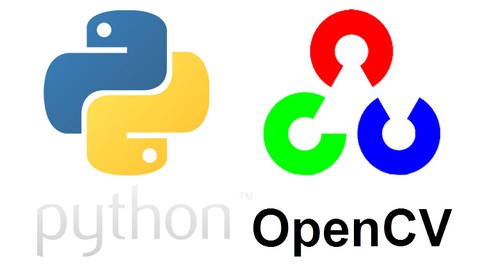OpenCV and Python
MP4 | Video: h264, 1280x720 | Audio: AAC, 44.1 KHz, 2 Ch
Genre: eLearning | Language: English + srt | Duration: 21 lectures (3h) | Size: 1.19 GB
MP4 | Video: h264, 1280x720 | Audio: AAC, 44.1 KHz, 2 Ch
Genre: eLearning | Language: English + srt | Duration: 21 lectures (3h) | Size: 1.19 GB
Learn how can work with openCV in python
What you'll learn
Installing Python, OpenCV, Numpy and Visual Studio Code
Learning Numpy
Using OpenCV in Python
Learning Main Methods in OpenCV
Requirements
Python
Description
OpenCV (Open Source Machine Vision) is an open-source library of more than hundreds of optimized algorithms in C and C ++ for image and video analysis, which has been widely used by the research and development community since its introduction in 1999. Car vision donors are accepted as a basic development tool. OpenCV was originally developed by Intel to develop research into machine vision and to enhance applications that use heavy-duty processors. The main advantage of OpenCV is its speed of execution, especially in real-time applications, and of course its open source and free nature. This training package is an attempt to make the community of machine vision researchers more familiar with this valuable library, which will prepare you for the development of its applications in a step-by-step and practical manner with a diverse set of examples.
The combination of Python and OpenCV, in addition to its vast and impressive capabilities, is also easy to learn for people who are just starting out in image processing and coding. The training of this course starts step by step with the introduction, installation, and loading of images in a very fast and easy way and then continues by applying the main common operations on images, applying mathematical operations and geometric transformations, and various application filters and how to implement Their construction will be expressed on the image. Also, the use of the most widely used methods for edge detection, morphological transformations, histograms, and pointing to several pattern matching methods, which are the most important parts and goals of any image processing program, will be well and easily explained.
Who this course is for
All Level



